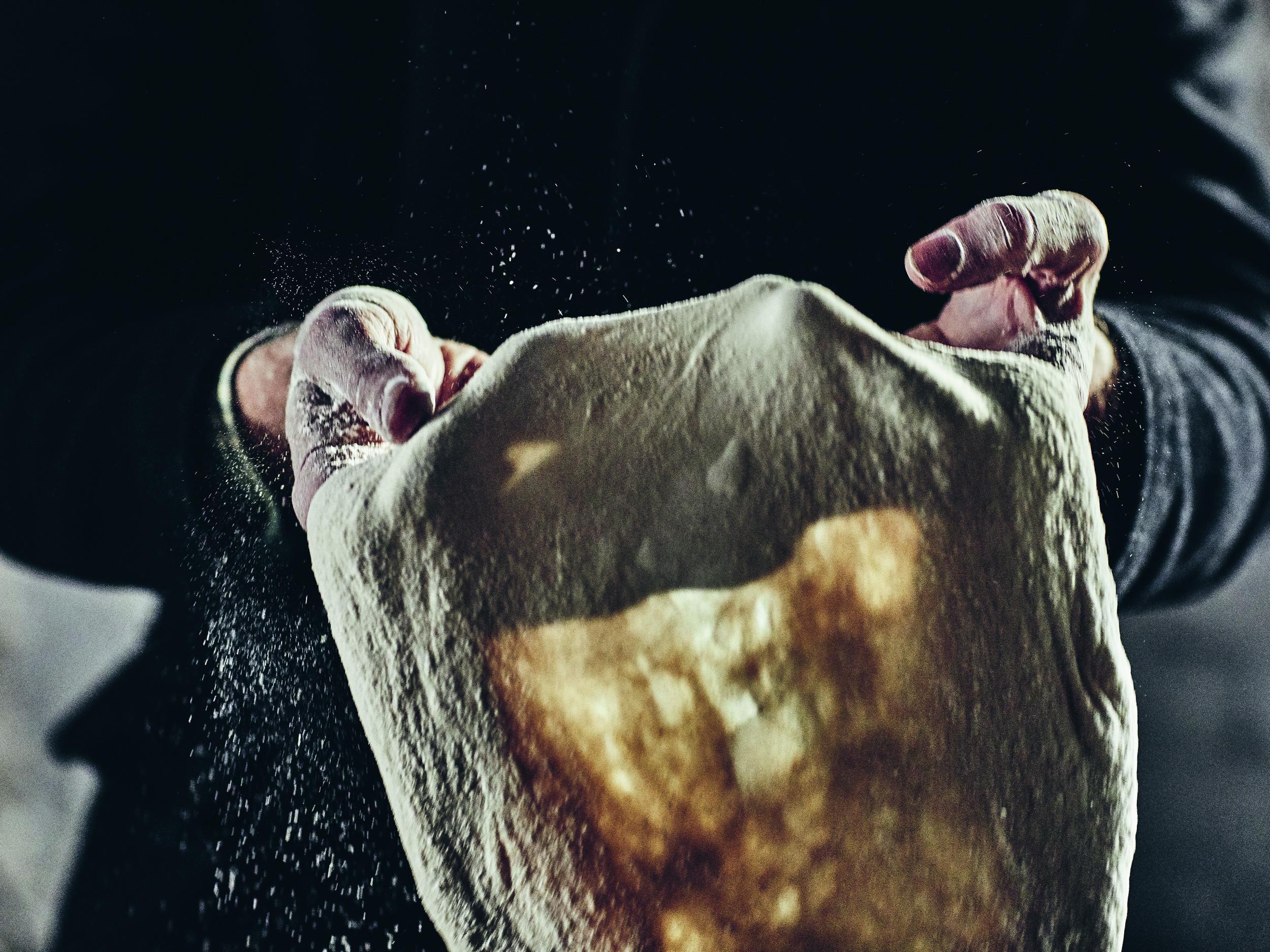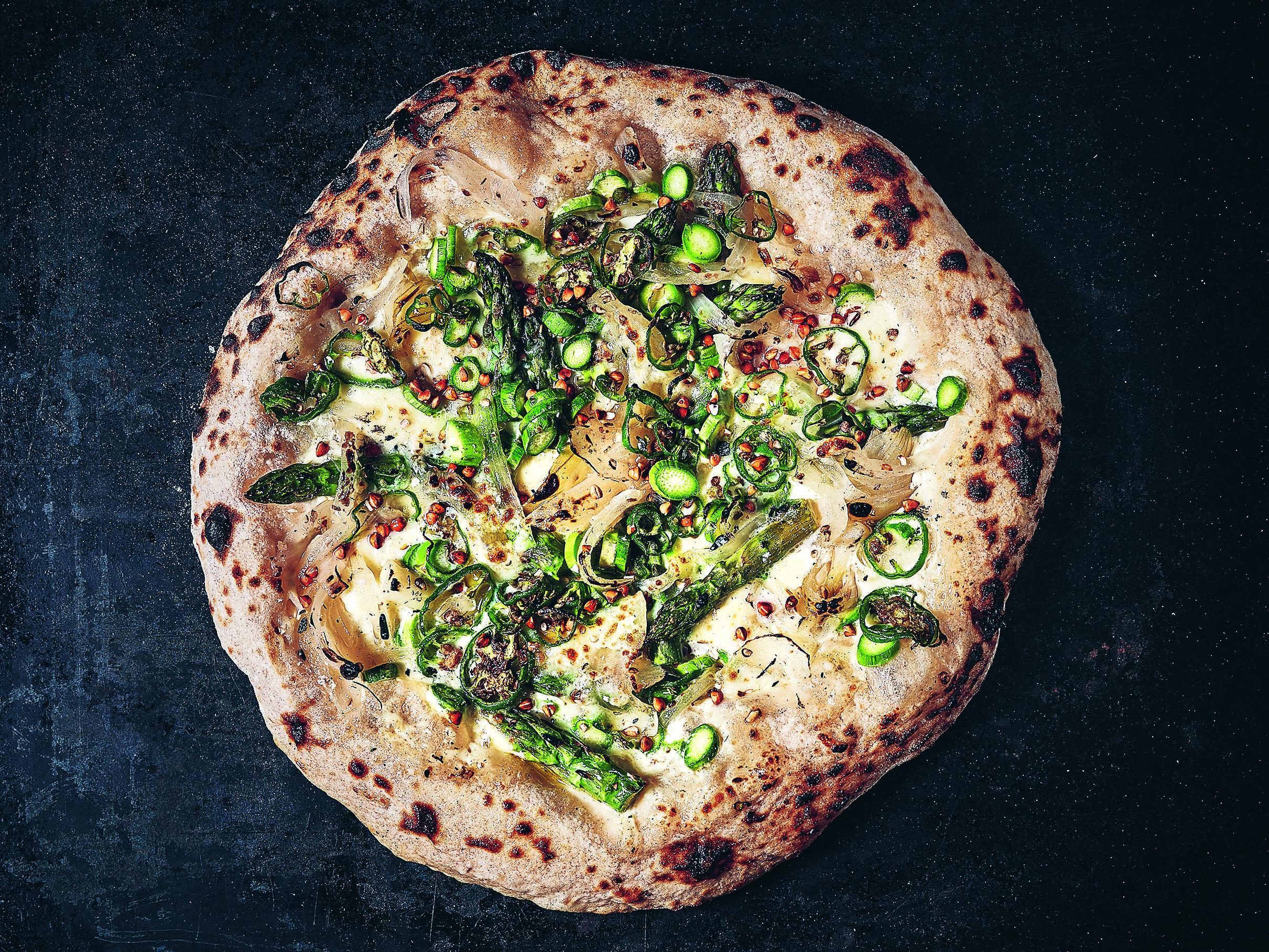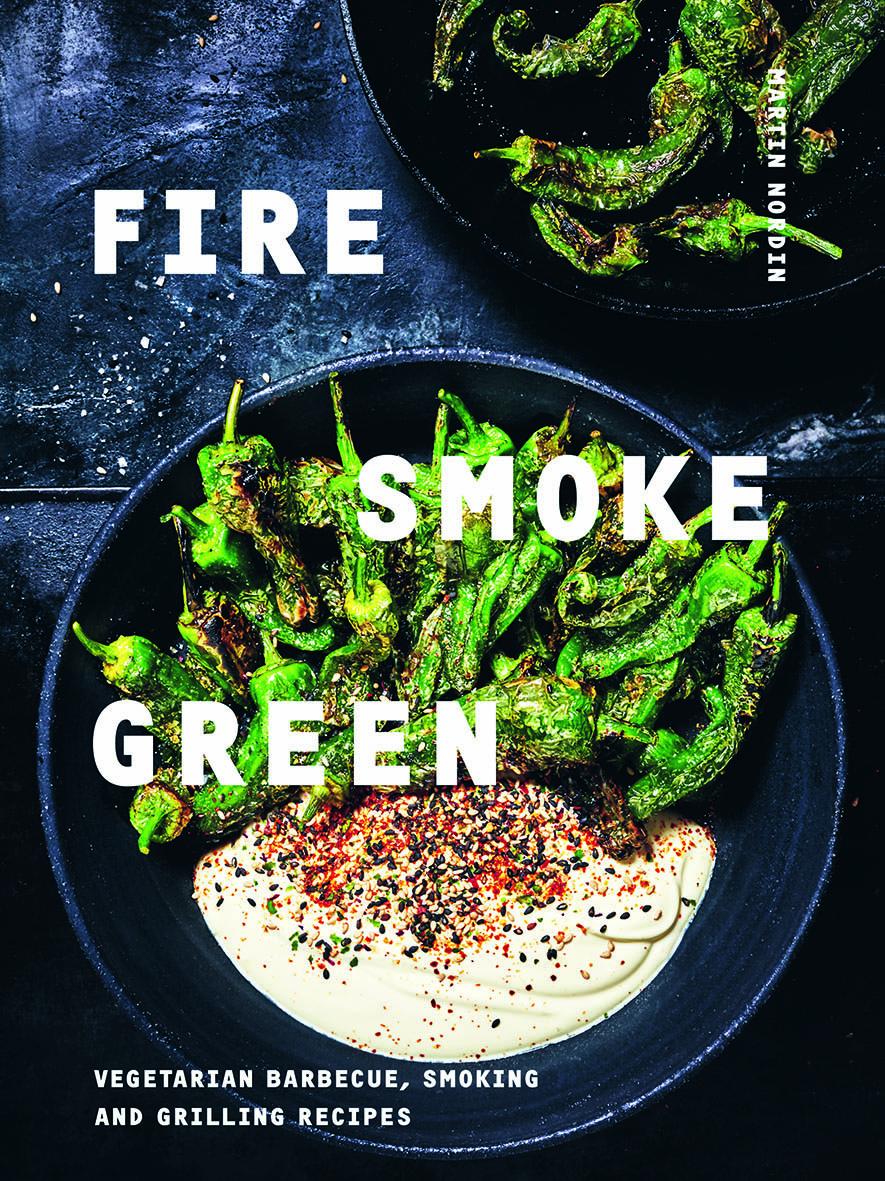How to make pizza dough at home
Fed up with the shop-bought version? Then take matters into your own hands

Your support helps us to tell the story
From reproductive rights to climate change to Big Tech, The Independent is on the ground when the story is developing. Whether it's investigating the financials of Elon Musk's pro-Trump PAC or producing our latest documentary, 'The A Word', which shines a light on the American women fighting for reproductive rights, we know how important it is to parse out the facts from the messaging.
At such a critical moment in US history, we need reporters on the ground. Your donation allows us to keep sending journalists to speak to both sides of the story.
The Independent is trusted by Americans across the entire political spectrum. And unlike many other quality news outlets, we choose not to lock Americans out of our reporting and analysis with paywalls. We believe quality journalism should be available to everyone, paid for by those who can afford it.
Your support makes all the difference.Leve’s pizza dough
Makes 6 pizzas
1kg strong flour
700ml + 70ml water at 40C
200g active sourdough starter
4 teaspoons sea salt flakes
Mix the flour, 700ml of water and the sourdough by hand in a mixing bowl until the temperature of the dough falls to 30–33C. Cover in clingfilm and leave to rest for 30 minutes.
Add the salt and knead it into the dough together with 70ml of water. Leave the dough to prove at room temperature for 1 hour. Fold the dough once every 20 minutes while proving: moisten your hand and pick up the dough’s outer edge, pull it carefully and fold it towards the middle. Continue until you have gone all the way around.
Leave the dough in the refrigerator for 24 hours. During that time, the dough should increase in volume by 30–50 per cent and feel airy, bubbly and lively. Place the dough on a floured baking board. Divide into pieces of around 300g. Shape the pieces of dough into small balls, but take care not to press too much air out of them.
Sprinkle a little flour on each ball, cover them with a dish towel and then cover in clingfilm. Leave them to prove at room temperature for 1–2 hours.
When the dough balls have finished proving, they should have slackened, sunk and increased in size by around 20 per cent. If you carefully push a finger into the dough and leave a small mark, the dough is ready to be made into pizzas.

Pizza with asparagus, pimientos de Padron, roasted buckwheat and dill oil
Serves 6
6 balls of pizza dough (recipe above)
6 small silver onions, chopped
3 tablespoons rapeseed oil
100ml white wine
30 asparagus spears
6 tablespoons creme fraiche
180g mozzarella
6 mild green chillies, eg pimientos de Padron, finely sliced
To serve
Olive oil
6 tablespoons roasted buckwheat (see recipe below)
Heat the wood oven to the highest temperature possible – 350–400C is perfect. Leave for a while to ensure that the stone is really hot.
Place the onions in a cold saucepan. Add the rapeseed oil and place the pan on a medium heat. The onions will soon start to release liquid and the flavours will be concentrated through the onions cooking in their own juices. Stir once every 5 minutes for 15–20 minutes. Take care to ensure that the onions don’t take on colour or burn to the bottom of the pan. Add the wine and reduce for around 15 minutes until almost all the liquid is gone. Set aside and leave to cool.
Cut the tops off the asparagus spears and cut the rest into slices around 5mm thick. Dust a large chopping board generously with flour. Take a ball of pizza dough, shape it into a round pizza and leave it to rest for a few minutes. Dust the pizza paddle with flour and place the pizza base on the paddle while pulling gently at the edges to stretch it out further.
Take 1 tablespoon of creme fraiche and spread it out from the middle of the pizza base towards the edge in a thin layer. Tear the mozzarella and place small pieces across the pizza, around 30g per pizza.
Add a thin layer of onions, asparagus and Padron peppers, and put the pizza in the oven. Once the edges of the pizza have bubbled up and taken on a good colour – preferably a little burnt in places – it is ready. Remove the pizza from the oven and brush the crusts with olive oil and top with roasted buckwheat.
Roasted buckwheat
280g whole buckwheat
1 tablespoon rapeseed oil
Rinse the buckwheat in hot water and then cold water. Place in a mixing bowl, fill with water and leave to stand for at least 1 hour.

Strain and place the buckwheat on a dish towel and let it dry slightly.
Put a frying pan on a medium heat, add the oil and let it heat up. Add the buckwheat just before the oil begins to smoke. Fry the buckwheat until it turns crispy and golden brown, around 5 minutes. Stir occasionally to ensure it does not burn.
‘Fire, Smoke, Green’ by Martin Nordin (Hardie Grant, hardback & eBook)
Join our commenting forum
Join thought-provoking conversations, follow other Independent readers and see their replies
Comments